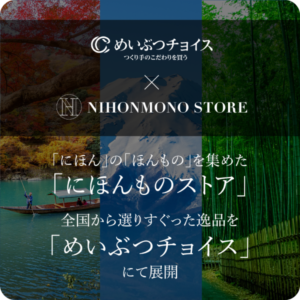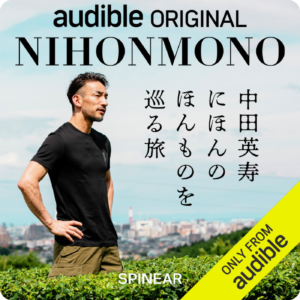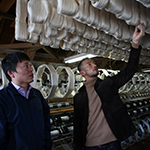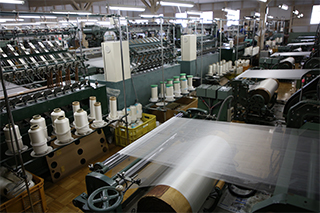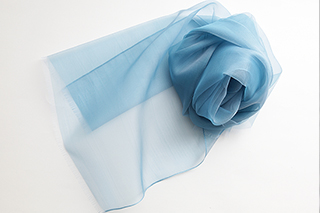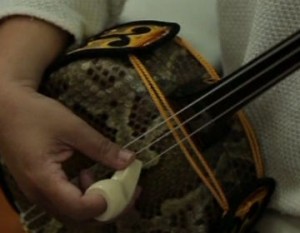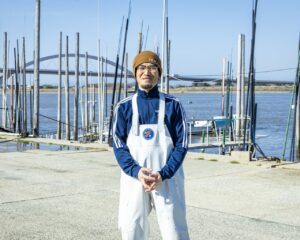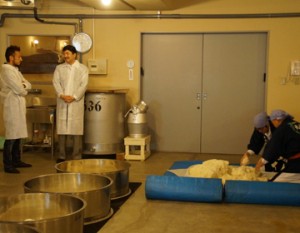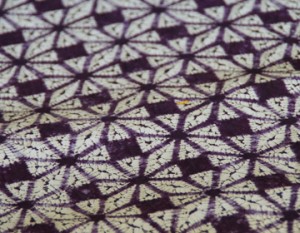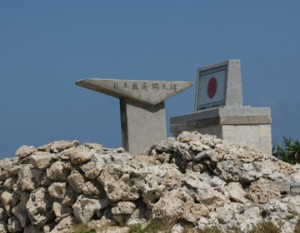|
Kawamata machi has a long tradition of silk fabrics and has been the focus of global attention since a local fabric won the Monozukuri Nippon Grand Award in 2012. We visited Saiei Orimono Co., Ltd. which created the world’s thinnest silk fabric “Fairy Feather”, and continues to support advances in Kawamata Silk. |
|
|
Contents Reviving Kawamata Silk through innovation“`Sendaihira` and `Yonezawaori` are better known silk products of Tohoku, but Fukushima also has a silk fabric industry.” |
|
“At the time, we had very few clients and our survival depended on one company, making us vulnerable to possible bankruptcy if they didn’t do well. We wanted to expand our potential so we began participating in exhibitions and trade opportunities, and even exporting to the US and Europe.” |
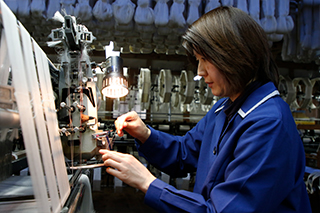 |
|
|
They created prototypes using the finest thread available at the time, but customers were not impressed. Reexamining the raw thread that was being used, they developed a thread that is about one sixth the thinness of human hair, taken from cocoons made by silkworms that have only shed 3 times rather than the standard 4. The thread is so delicate that you can hardly feel it, and it was vulnerable to breaking. They proceeded to upgrade the looms, and succeeded in mass production after more than 2 years of research and development. |
|
“Fairy Feather” was sold on the market exactly 1 year after the Great East Japan Earthquake. Email inquiries poured in after it was featured on a TV program, and phone calls filled 2 notebooks each day. That same year, it was awarded the Monozukuri Nippon Grand Award and the Good Design Award. Top brands began using their fabric, and Saito recalls being overcome by pride when his company’s products were displayed on store shelves. The next step? 100% silk fabric that is wrinkle free, stretches, and can be washed at home. Nakata is enthusiastic about their efforts to create new products, but also hopes they will continue to preserve the Japanese kimono culture. |
|
